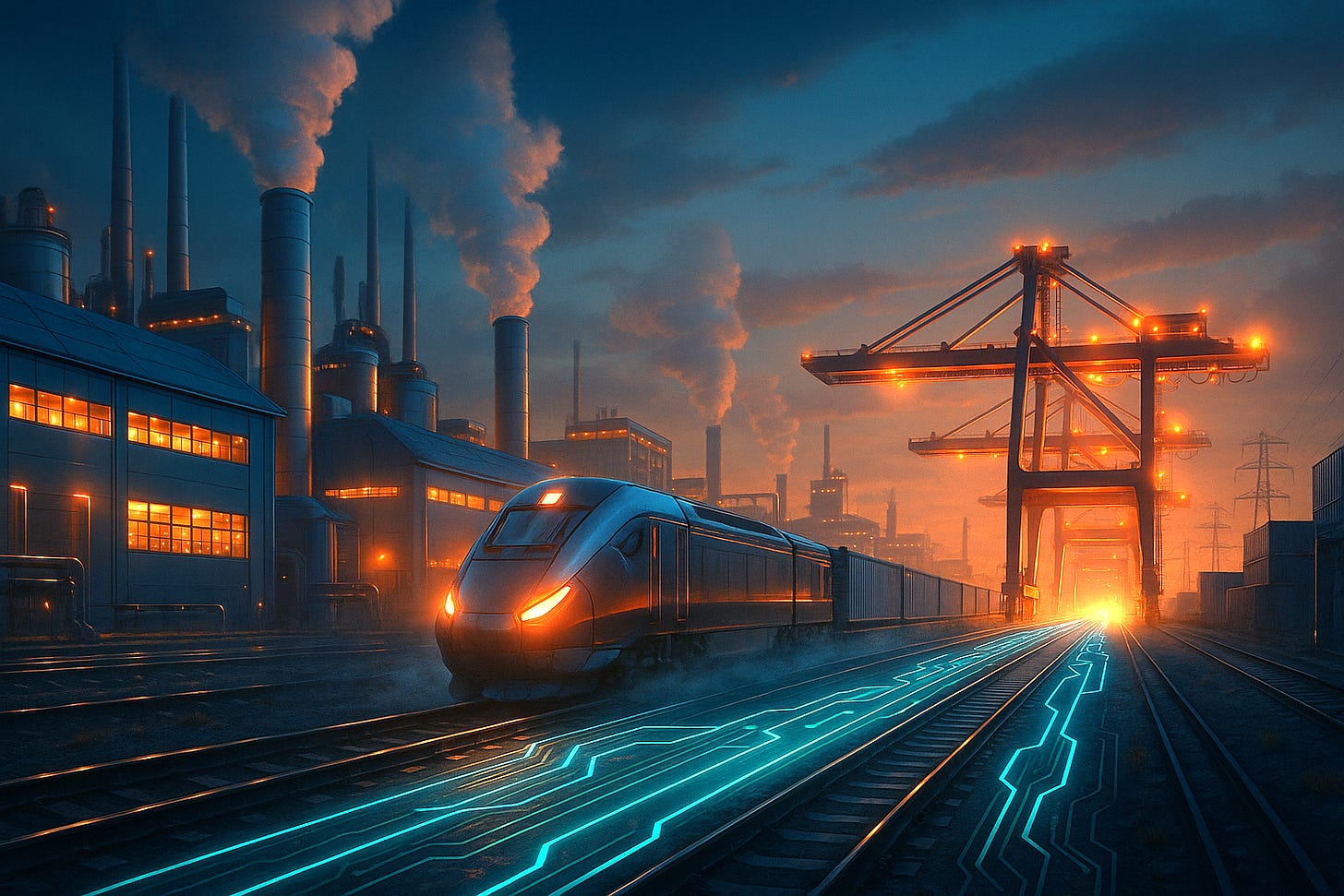Reindustrialization and the Critical Need for Modern Rail Infrastructure
How America’s Aging Rail Network Threatens Supply Chains—And What’s Being Done to Fix It
The US supply chain is under pressure, not due to a lack of ambition, but because much of its infrastructure remains outdated. The proposed Union Pacific–Norfolk Southern merger has brought reindustrialization back into the spotlight, but railroads need to do more than consolidate—they must modernize on a large scale.
Freight rail remains one of the most efficient ways to move bulk goods, yet aging bridges, congested terminals, and outdated signaling systems hamper its potential. Major hubs like Chicago and Houston face constant gridlock, while many rural lines still rely on manual controls. Upgrading this infrastructure isn’t just a nice-to-have—it’s an economic necessity.
The UP–NS merger could help by streamlining routes and reducing inefficiencies, but it won’t solve the deeper challenges. To truly support reindustrialization, industry leaders like Union Pacific, Norfolk Southern, CPKC, and CN must collaborate on strategic investments—especially in underserved regions and high-volume ports.
Encouraging steps are already underway. CPKC’s new MMX line is boosting trade between Mexico and the Midwest, while CN is expanding its Gulf Coast access and fine-tuning precision scheduling. Meanwhile, bipartisan infrastructure funding has unlocked over $100 billion, with a portion dedicated to rail upgrades and public-private partnerships.
The takeaway? Reindustrialization hinges on modernization, not just mergers. Investors should focus on tangible improvements in capacity, speed, and reliability—not just corporate dealmaking. Companies that prioritize smart infrastructure investments today will be better positioned to weather tomorrow’s supply chain shocks—and deliver lasting value.


